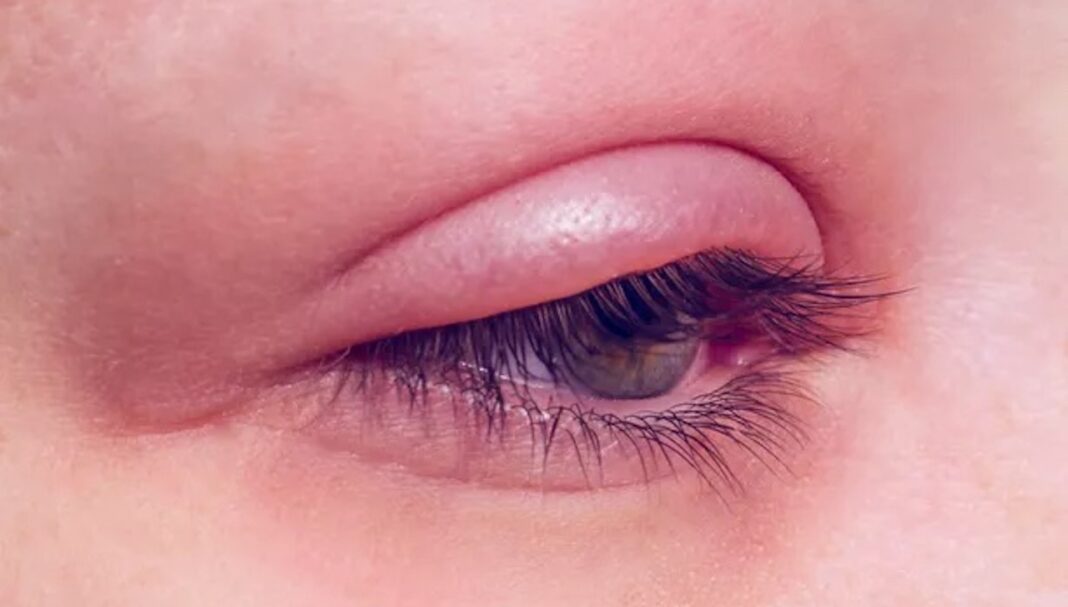Case Scenario
Parag is a 49-year-old call centre worker who comes into the pharmacy with irritated eyes. He says he often has mildly red and itchy eyes. He thinks his eyes are reacting to excessive screen
time. On further questioning, Parag mentions that there are often crusty flakes at the base of his eyelashes when he wakes in the morning. On inspection, it appears his eyelids are mildly inflamed. Further inspection of the affected areas and careful questioning of Parag’s history rules out any symptoms that may require referral. Parag reports that he occasionally wears reading glasses. He is in good health with no other medical conditions.
<THIS IS A CPD ARTICLE. YOU NEED TO BE A PSA MEMBER AND LOGGED IN TO READ MORE.















